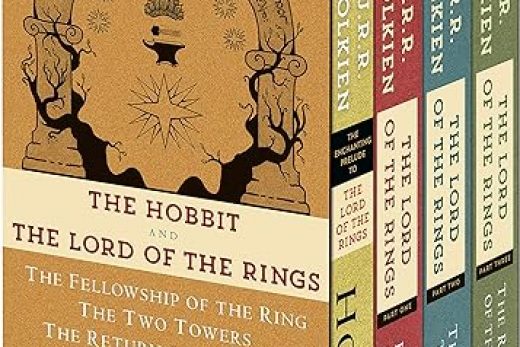In the vast realm of fantasy literature, few authors have made as significant an impact as Brandon Sanderson. His signature work, the Mistborn series, has captivated readers with its intricate magic system, engaging characters, and immersive world-building. In this essay, we delve into the second installment of the series, The Well of Ascension: Mistborn Book 2, exploring its themes, characters, and impact on the genre.
Following the events of the first book, The Well of Ascension sees the protagonists grappling with the challenges of ruling a city in turmoil. As they confront political intrigue, internal strife, and external threats, the characters are forced to question their loyalties, identities, and roles in the new world they are shaping.
One of the most striking aspects of The Well of Ascension is Sanderson’s exploration of power dynamics. The characters struggle to navigate their newfound authority, as they grapple with the responsibility it brings. This is exemplified in the character of Vin, who must reconcile her newfound status as a powerful Mistborn with her humble beginnings as a street urchin.
The novel also delves into themes of love and sacrifice, as the characters wrestle with their feelings and the choices they must make for the greater good. The budding romance between Vin and Elend Venture serves as a backdrop for larger questions about the nature of trust and the complexities of human relationships.
Sanderson’s world-building continues to impress in The Well of Ascension, as he expands upon the unique magic system of Allomancy and introduces new elements such as Feruchemy and Hemalurgy. These magic systems not only serve as a source of intrigue and wonder for readers, but also help drive the plot and reveal key aspects of the characters and the world they inhabit.

A: The Well of Ascension builds on the themes of power, identity, and trust established in the first book. It explores the consequences of the characters’ actions and delves deeper into the complexities of power dynamics, human relationships, and the sacrifices required to bring about change.
Q: What role do the new magic systems introduced in The Well of Ascension play in the story?
A: The new magic systems, Feruchemy and Hemalurgy, serve multiple purposes in the story. They add depth and complexity to Sanderson’s world-building, provide the characters with new challenges to overcome, and propel the plot forward by revealing secrets and mysteries tied to the history of the world.
Q: How does Sanderson handle the balance between character development and plot progression in The Well of Ascension?
A: Sanderson skillfully weaves character development and plot progression together, using both to drive the story forward. The personal growth of the characters and their relationships with one another are inextricably linked to the events unfolding around them, creating a cohesive narrative that keeps the reader engaged and invested in the story.









